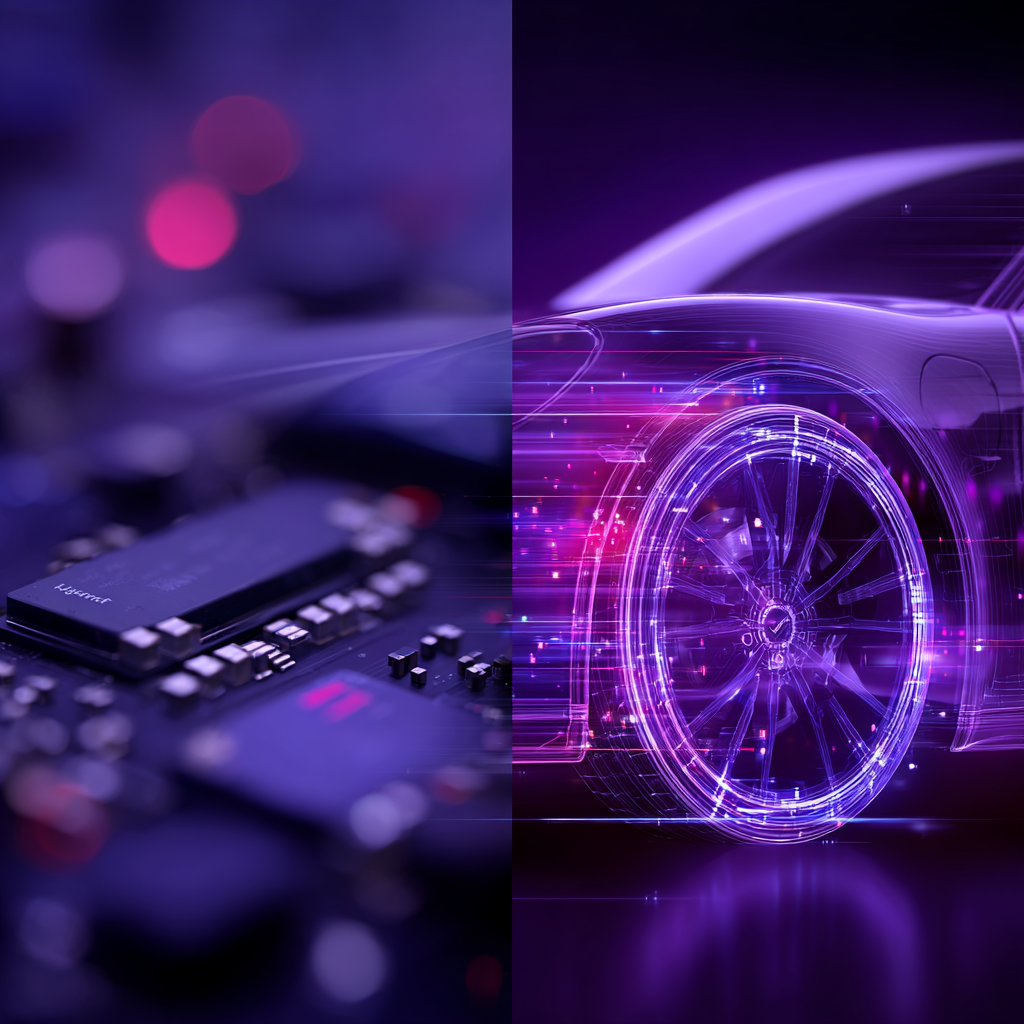From hardware to software: Unlocking six features with TPI

How can replacing hardware with software through NIRA’s Tire Pressure Indicator (TPI) deliver far more than cost savings? By eliminating hardware, TPI opens the door to a suite of advanced features that improve safety, sustainability, and performance.
The power of removing hardware
Every piece of hardware in a car carries a cost. Not just in money, but in logistics, environmental footprint, and long-term reliability. Traditional direct TPMS depends on four battery-powered sensors inside the wheels, each requiring manufacturing, shipping, installation, and eventual disposal. NIRA’s Tire Pressure Indicator eliminates all of this by using existing signals from the vehicle, such as wheel speed information from the ESC unit, to detect underinflation. This shift from hardware to software reduces the bill of materials, simplifies production, and avoids millions of disposable sensors that would otherwise end up as e-waste.
Software unlocks more than cost savings
What makes TPI truly transformative is that once tire pressure monitoring becomes software-defined, new functions can be added without touching the vehicle’s hardware. By replacing sensors with code, OEMs unlock a range of powerful capabilities that extend far beyond compliance.

One platform - Five safety enhancing features
The core function of TPMS is still there, it is the foundation: accurate, regulation-compliant monitoring of underinflation using only existing sensors. Lower cost, simpler assembly, and no extra hardware waste. But what is actually not as well-known, the features unlocked are often nto even possible to realize with a physical sensor, they require sensorfusion and a deep understanding of the connection between the tire,the roadand the internal state of the vehicle.
So, what features can be unlocked, using only an additonal software component:
1. Vehicle Load Indication
TPI doesn’t just monitor tires; it also interprets how a vehicle is loaded. The system can estimate when the car is heavily loaded, giving drivers a clearer picture of how their vehicle will handle under stress. Even more importantly, it can detect when weight is distributed poorly — such as an unevenly loaded trailer or cargo that shifts the balance of the car. Poor weight distribution reduces stability, extends braking distances, and can create dangerous swaying at speed. With TPI, the driver is alerted before these risks escalate, helping ensure safer journeys whether towing, transporting goods, or carrying passengers.
2. Critical Puncture at Standstill
TPI can detect severe underinflation even while the vehicle is stationary, warning the driver before moving off. This feature prevents unsafe departures, reduces the risk of roadside emergencies, and gives drivers confidence that their vehicle is roadworthy from the moment they start it.
3. Loose Wheel Indicator
Loose wheels could be catastrophic if they occur. Continuously monitoring wheel behavior to identify the early vibrations and irregularities that signal loosening bolts creates peace of mind. By alerting the driver early, Loose Wheel Indicator can prevent potentially life-threatening accidents, making this one of the most impactful software-only safety features available today.
4. Tread Wear Indicator
Tire condition has a direct influence on stopping distances, grip, and aquaplaning resistance. Tread Wear Indicator tracks how tires degrade over time, using software to interpret wheel signal patterns that correlate with tread depth. Drivers receive early alerts when their tires become unsafe, helping prevent accidents while also giving OEMs and service providers a channel for timely maintenance and tire replacement.
5. Tire Grip Indicator
Road conditions can change instantly, and drivers often don’t know how much grip is available until it’s too late. Tire Grip Indicator estimates road friction in real time during normal driving, providing valuable insights for vehicle stability systems and the driver. Whether it’s icy winter roads, wet highways, or dry asphalt, this feature helps the vehicle adapt to conditions proactively, enhancing both safety and performance.
A platform, not just a function
Replacing hardware with software is more than a cost-saving exercise — it is the foundation for an entire ecosystem of safety and performance features. Instead of adding sensors for each function, NIRA delivers all functions within one software package, fully scalable and updateable. For OEMs, this means fewer parts, less complexity, and more value to offer their customers.
The road ahead
As vehicles become increasingly software-defined, TPI represents a clear example of how hardware elimination is not the end goal but the starting point. From reducing costs to delivering new safety features, the shift to software unlocks opportunities that hardware-based systems simply cannot match.




